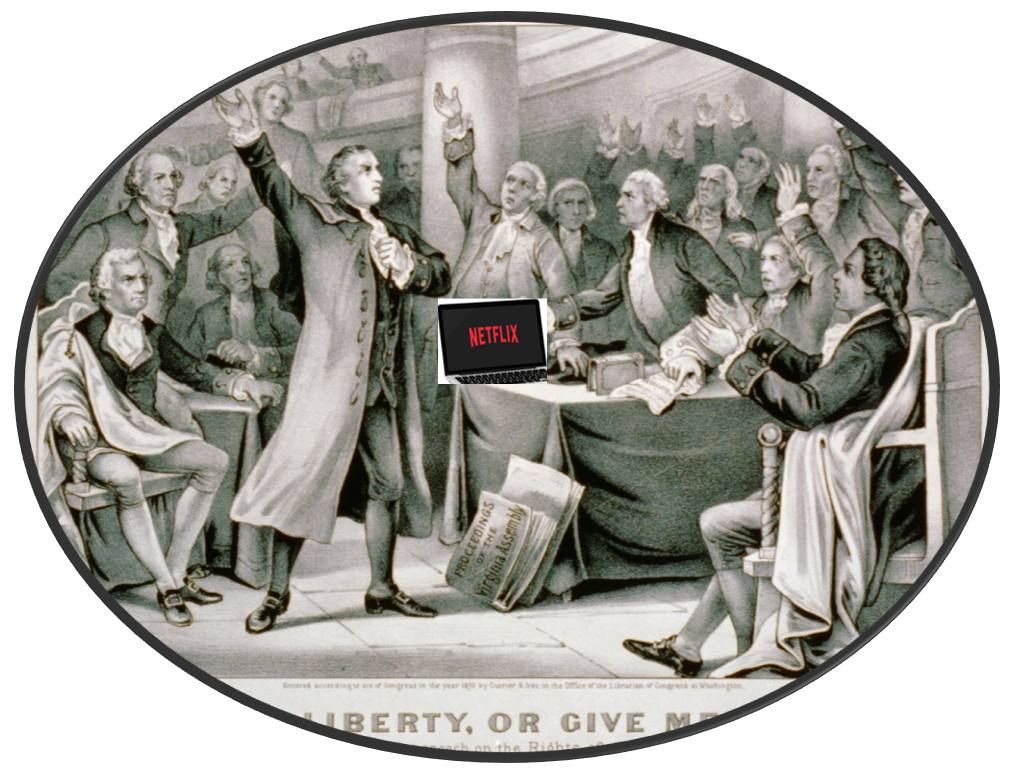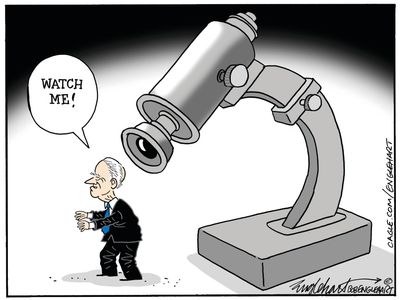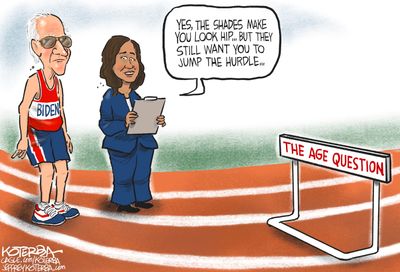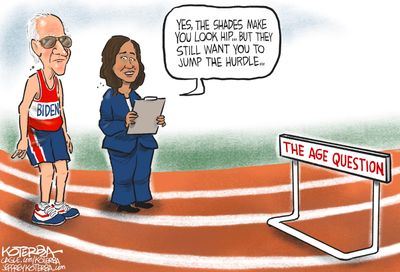Listen:

When I wrote about the new category of digital video recorders 20 years ago, I couldn't hide my glee about being able to leapfrog commercials. Advertiser loss was viewer gain. But now, advertisers are clawing back their once dominant position to hold viewers hostage. Their new golden goose is the commercially-supported streaming video platform. While some viewers see such services as a way to save bucks, I see them as turning the clock back to a time even before the VCR, when the fast forward button hadn't yet blessed our remotes.
Watching a video service that embeds non-skippable commercials in exchange for a free or discount subscription rate raises the question: exactly how valuable is your time? For anyone with a little discretionary income and a sense that life is finite, the answer is that time is your most precious asset. Realizing this life truth, I, for one, cannot afford to give up 15 minutes or more per hour to suffer through pitches for products and services I don’t want or need.
Perhaps this is a boomer thing; but enduring the ordeal of ads for the purpose of keeping a few extra coins in my pocket is simply not worth it.
When I was first seduced by the silvery boob in the mid-20thCentury, I had no choice but to watch commercials. If the networks commanded me to be in my seat at 8 p.m., I obeyed.
Transfixed by the tube, I dutifully sat through the commercials during the first third of my life. It wasn’t until I was in my thirties that miracles of consumer technology freed us at last! At first, it was the video cassette recorder. Suddenly, everyone I knew started to record first and watch later. To “fast forward” wasn’t just a label on the remote, it was a lifestyle. Alas, you could squeeze four hours of sitcoms and crime shows into three. The biggest time shift in America was everyone watching what was on a previous night at their convenience. The commercial networks were no longer in the driver’s seat.
Still, the VCR required viewers to advance a tape serially, causing ads for breakfast cereals and automobiles to be revealed to impatient viewers at 6x normal play speed. To those with a vested interest in interrupting the program, the commercials were still making an impression, though in compressed time.
Worse still for advertisers and even better for consumers, the digital video recorder came along, deploying a hard drive instead of a tape cassette. The DVR meant random access, enabling viewers to leapfrog blocks of commercials in nanoseconds. Watching 60 Minutes in 42 became the norm. Pressing the quick skip button was a joy and a confirmation that we never again needed to watch a commercial. As cable and satellite companies incorporated the tech into their set-top tuners, quick skipping through a show became the norm for viewers who valued their time.
Technology moved on again. Cord cutters traded their bloated cable bundles for on-demand internet streaming. Advertisers seized on this as an opportunity to reassert control by blocking a viewer’s ability to fast forward or skip the commercials they had paid to insert in the video stream.
To entice older viewers to turn the clock back (and younger ones who don't know better), streaming video services are becoming increasingly tiered. Today, an ad-supported Hulu plan is $6.99 a month, but a commercial-free plan will run you $12.99.
YouTube is free as long as you agree to commercials interrupting the flow but $9.99 a month for a pristine experience.
Paramount+ (formerly named CBS All Access) is $4.99 per month for what it calls its Essential plan (with commercials) and $9.99 a month for its Premium plan (without them).
HBO Max is $9.99 a month with ads but $14.99 a month for the ad-free version. Having associated HBO with first-class viewing for decades, long-time fans may find commercial disruptions via streaming disconcerting. Maybe not so much for a new generation of viewers who don’t know about the uninterrupted intensity of premium cable as a meaningful alternative to commercial TV.
Business, of course, is built on new customers—not aging boomers. Which may explain why Amazon, the owner of IMDB TV, recently changed the name of the service to Freevee. The service is supported entirely by commercials that viewers—try as they may—simply cannot skip. Ugh.
Netflix, the granddaddy of ad-free streaming, is considering a lower-priced tier that would contain commercials. Say it ain't so, Netflix! Meanwhile, potential advertisers are chomping at the bit to insert themselves into the Netflix stream. Damn.
If younger people don’t know what they’re giving up, think they have the time to sit through endless commercials and are convinced that they’re getting a great deal through a lower-priced subscription or by paying no money at all, then let them have it. They think they have all the time in the world. They rationalize that during the commercials, they can take bathroom breaks or check their phones. Or they can just sit there passively as the minutes tick by and wait patiently as life ebbs for the program to resume.
Commercially-supported streaming? Not my choice. I don’t have that kind of time to waste.





